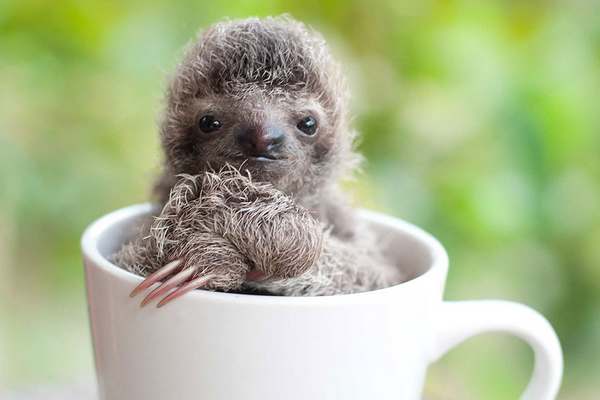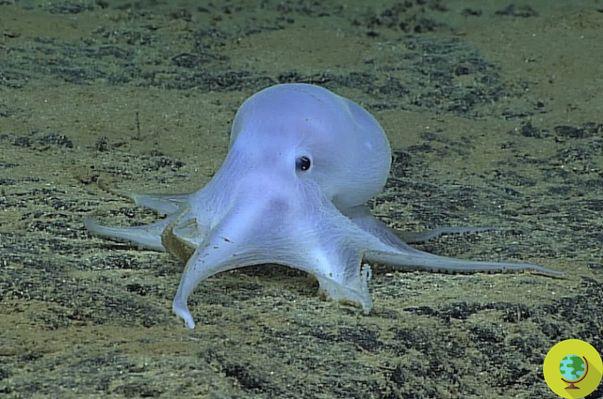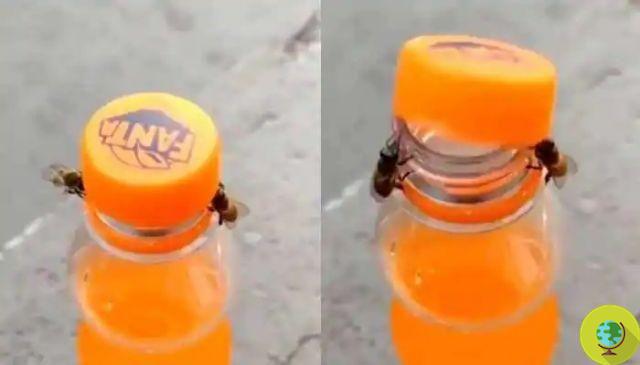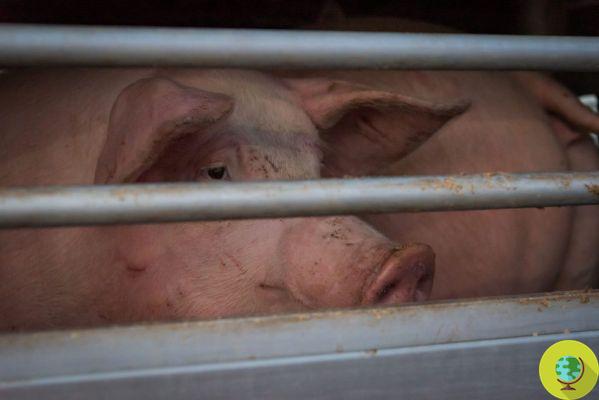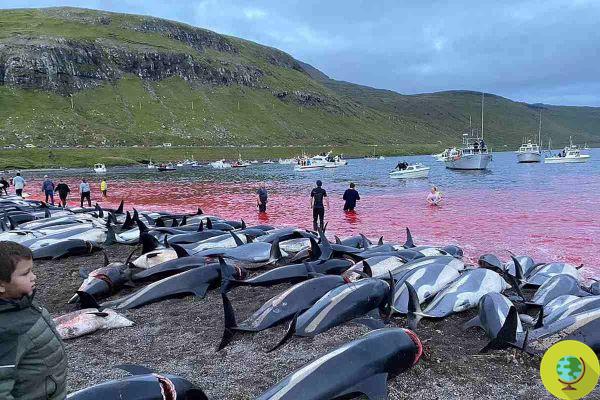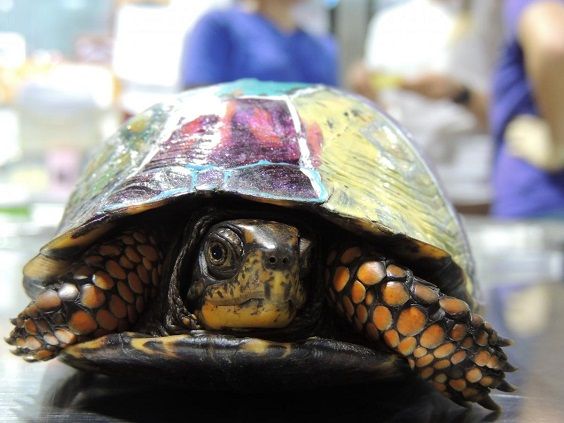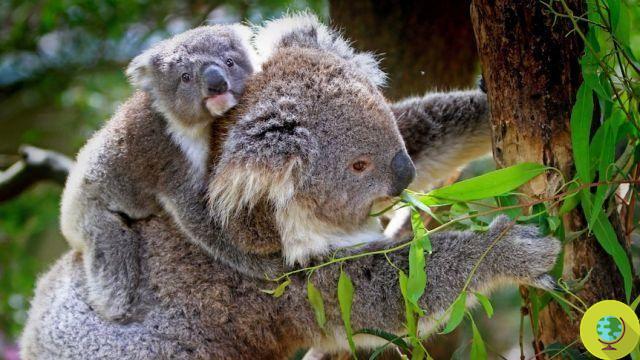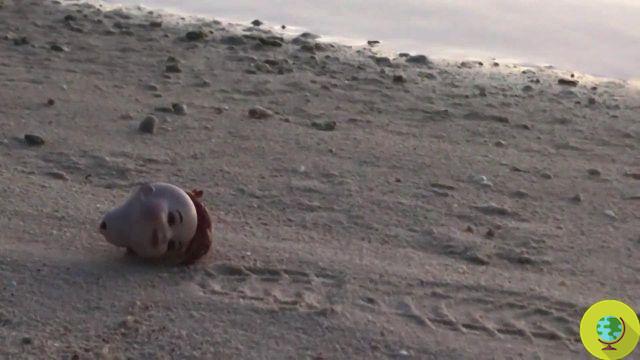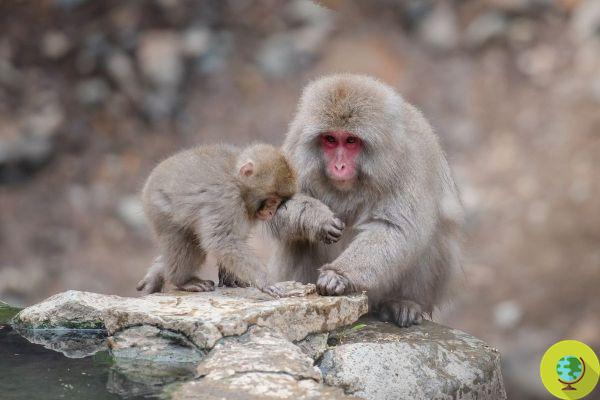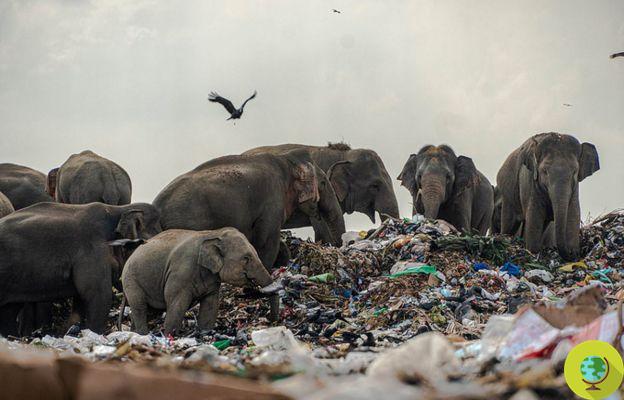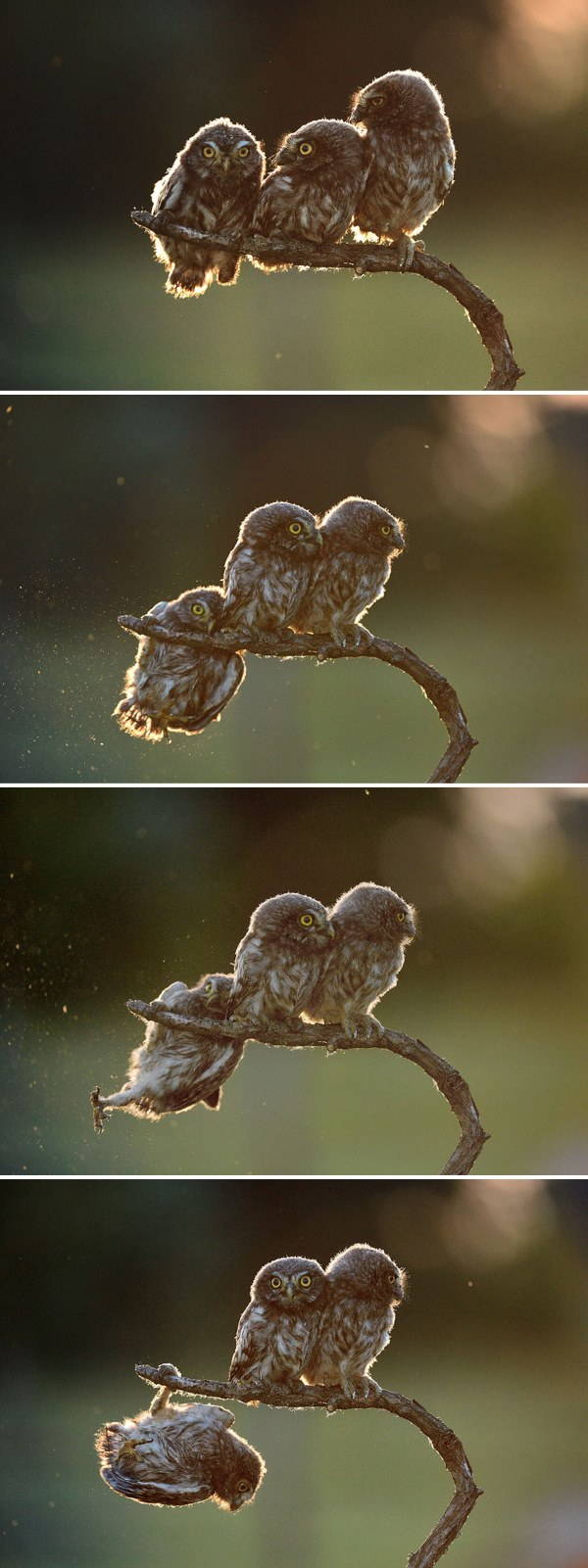Salmon farms are currently in crisis due to a parasite, the sea louse, which is compromising production with repercussions that have also been felt this year on the price of this fish wholesale and to the consumer.
- salmon farms are currently in crisis due to a parasite, the sea louse which is compromising the production with repercussions that have been felt this year also on the price of this fish wholesale and to the consumer.
It is a situation that has been going on for some time now: sea lice are affecting salmon farms in the US, Canada, Scotland, Norway and Chile, or those of the main suppliers in the world. To create so much confusion are small parasites, actually crustaceans, which attach themselves to fish (especially those crammed in farms but the problem is also affected by free salmon), making them unsuitable for consumption (the skin swells and is covered with bites ) and in some cases they even kill them.
These lice can reach the maximum size of a pea and lay thousands of eggs during their short life. Salmon farmers around the world consider these small creatures to be the biggest threat to their industry and the persistence of the problem is making this fish the most expensive on the market. A bad inconvenience for the salmon industry which must also add to this the risks due to other diseases affecting animals on farms.
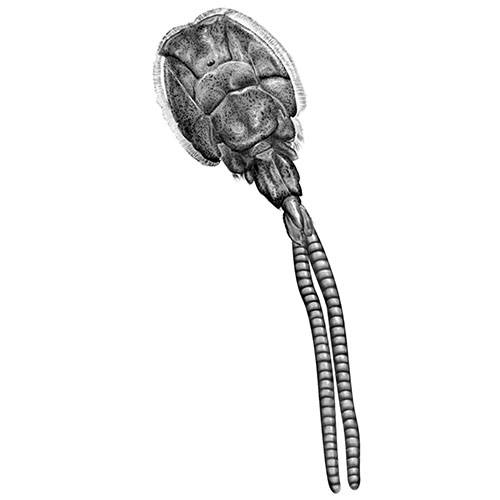
Sea lice were initially kept at bay thanks to a pesticide but around 2009 the parasites evolved to survive, became resistant to the chemical used against them and thus spread around the world.
Currently, to stem the problem, large investments have been made and original solutions have been adopted: an attempt has been made to eliminate lice with a laser, the use of pesticides has been increased, it has been decided to give the fish hot or cold baths. 'addition of hydrogen peroxide and even the salmon have been made to swim inside tubes that can remove the lice from the skin as they pass.
At the moment, however, no solution has proved to be really decisive. These parasites appear to be particularly resistant and just when scientists believe they have found a pesticide or other treatment to eliminate them, lice evolve and manage to survive once again.
Meanwhile, salmon supplies are dwindling. Worldwide salmon production has decreased by 10% in the past year alone and this has led to an increase in wholesale prices of up to 50%.
Is it time to eliminate this food (for those who have not already done so) from our diet?
On the same topic you might be interested in:
- SALMON: EVERYTHING THEY DON'T WANT YOU TO KNOW
- SALMON: 10 GOOD REASONS NOT TO EAT IT
- ANTIBIOTICS AND CHEMICALS: THE SECRETS OF SALMON FARMING REVEALED BY PAMELA ANDERSON (VIDEO)





